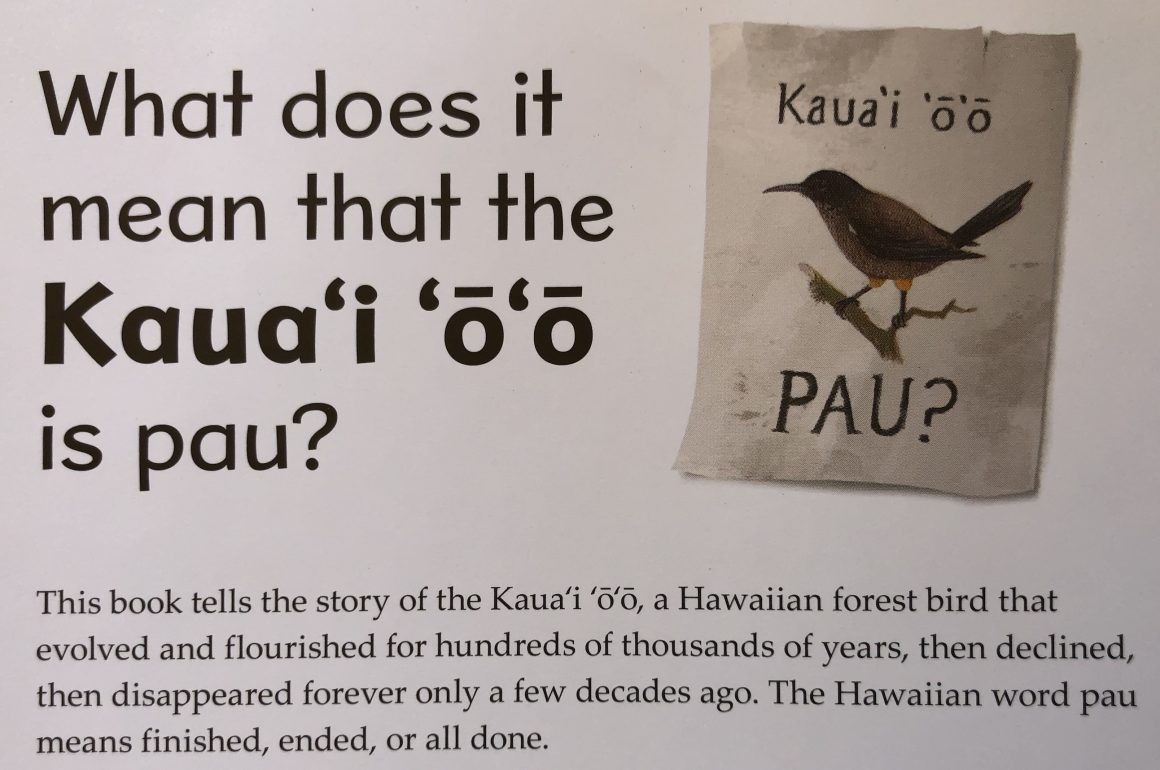
As animal numbers plummet, we face difficult conversations with children about what it means to lose a species. The creative team of Tony Piedra and Mackenzie Joy has gifted us all with a way to enter into those conversations with their book, PAU: THE LAST SONG OF THE KAUA‘I ‘O‘O. In Hawaiian, “pau” means ended, finished—extinct. This story provides a lyrical and profound way to teach and discuss extinction with young children. Published in September 2024, PAU has been already been awarded an outstanding science trade books of 2024 for students K-12 by the National Science Teaching Association.
The text in this book is deceptively sparse, but its fewer 250 words pack an emotional punch. When the first Polynesians arrived,
The ‘o’o moved—away from the gardens, from the shelters, from the people. But still there were many ‘o’o, and their song filled the Island.
Each double-page spread in the book has a tiny layer of timeline near the bottom of the page. The story stretches from 5.1 million years ago with the birth of the island, to arrival of the Polynesians, the arrival of the Europeans, the devastating storm of November 1982, the loss of the last ‘o’o in 1987, and forward to the present day.
The pages following the arrival of the Europeans is a fabulous example of the elegant simplicity of this book. The text is simple: “They brought more and they built more.” It is only by looking at the reflection in the ‘o’o’s eye that you understand that one of the things they brought was the mosquito. As the backmatter explains, part of the decline of the ‘o’o is linked to avian malaria.
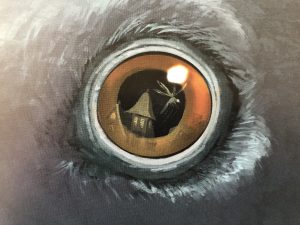
Mackenzie Joy and Tony Piedra, who together go by “Mak & Tea” had known each other for a while, but they began their collaboration in 2019, when they were stuck at an airport with a delayed flight. For hours, they wrote and drew, and by the time they eventually reached home, they had four book ideas they wanted to pitch together. PAU is the second of those acquired by Candlewick Press and it is quite likely that this book will continue to garner awards over the coming years. Their first collaboration, ONE TINY TREEFROG, was long-listed for the American Association of the Advancement of Science and Subaru award for excellence in science books.
Backmatter includes a “spot the animal” activity, with animals that were endemic, animals that were introduced by Polynesians, and animals that were introduced by Europeans. Readers can see the animals in the backmatter, and then hunt for them in the text of the book itself. There are also sections providing a brief history of the Kaua‘i ‘o’o, a selected bibliography and resources for further exploration.
Most importantly, however, there is a section on extinction—on what it means that the Kaua‘i ‘o’o is pau. What scientists learn, the authors explain, is “changing the way we live on this planet and is teaching us how to protect and save the species we have left.”
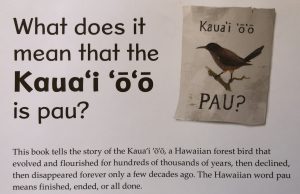
Mak & Tea have achieved the near impossible. They have created a book about extinction that explores loss and sadness, yet opens a door for hope.
[Note: Kaua’i ‘o’o is typically spelled with a straight line (macron) over both the final “o”s. Those marks have been removed in this post as the site changes the macrons to other characters.]
**********
PAU: THE LAST SONG OF THE KAUA’I ‘O’O by Tony Piedra and Mackenzie Joy
Candlewick, 2024
ISBN: 978-1-5362-1949-4
$19.99 USA, $24.99 CAN
40 pages, Grade level PreK-2, ages 3-7







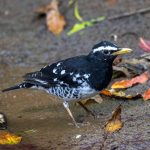



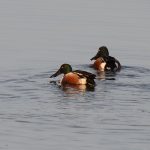
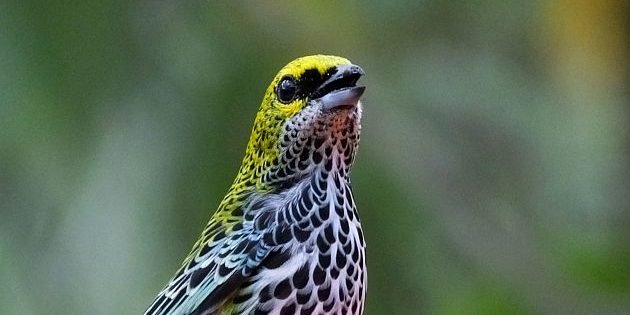
Quite saddening story